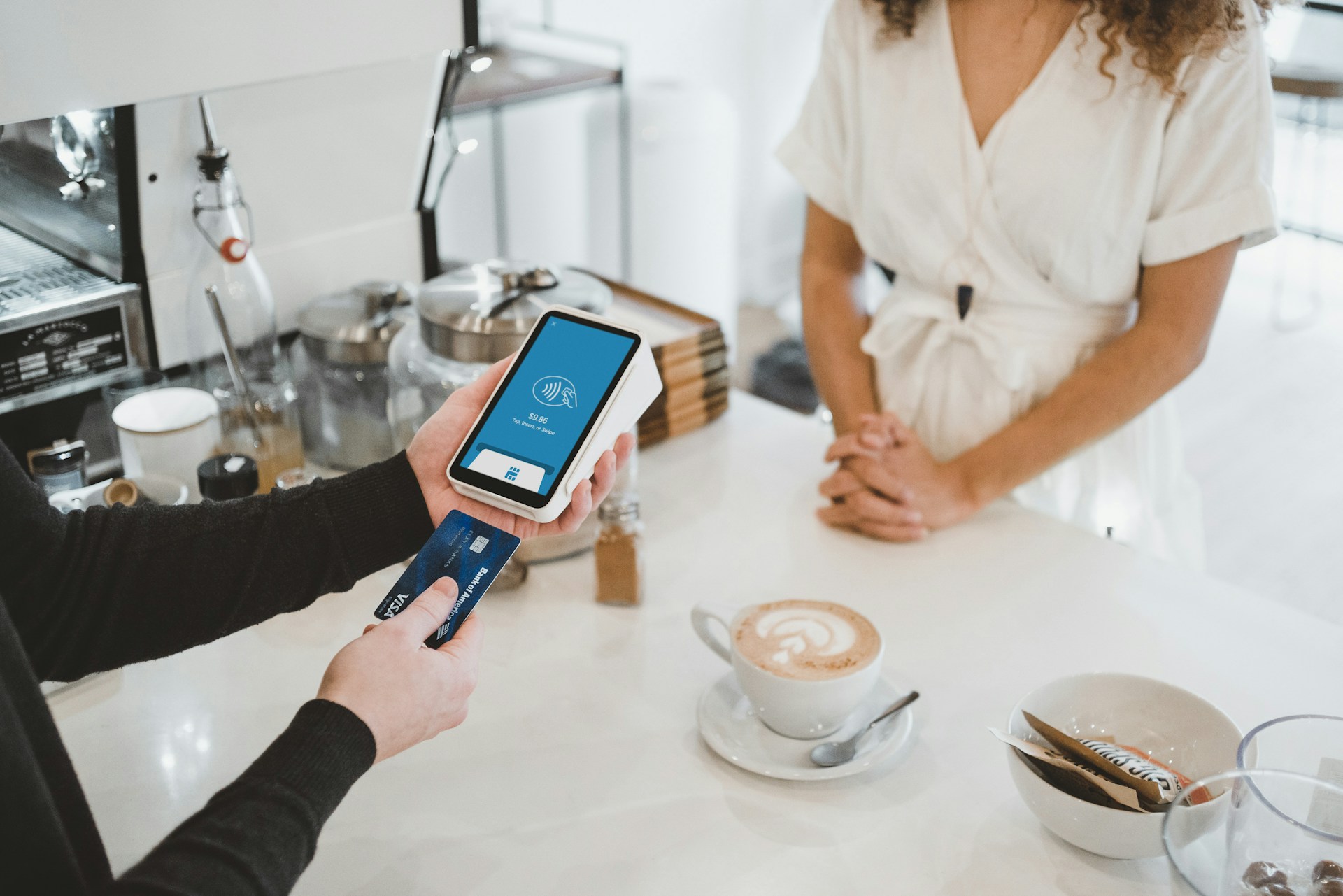The future of online payment systems – What can we expect?

Sponsored content
People’s payment habits have undergone a massive transformation over the past five years, with one of the primary driving forces being COVID. Its effects are still felt today, both in how we make payments and in the popularity of various payment systems.
New online payment systems have radically changed our daily routines and our relationship with payment methods — from cash to bank cards, contactless payments, and digital wallets. But what direction are we heading in the coming years? In this article, we will present the key trends and changes that will shape the future of payments.
The Decline of Cash
These days, it’s almost standard to be able to pay by card everywhere — we even find it odd if a restaurant or website doesn’t offer that option. But this wasn’t always the case. The world is increasingly shifting toward cashless payments, and there are several reasons behind this trend. One might assume it’s mainly due to the rise of smartphones that has shaped our daily habits. Furthermore, another reason could be the growing popularity of online shopping. However, the COVID-19 pandemic has also played a major role. During the pandemic, people increasingly turned to card payments to avoid spreading the virus — and this tendency seems to have persisted even after the pandemic.
Cash usage has been steadily declining, and according to experts, this trend is expected to continue gaining momentum in the coming years. A study by PwC and Strategy& predicts that the number of cashless transactions could grow by more than 80% between 2020 and 2025 — from 1 trillion to nearly 1.9 trillion — and nearly triple by 2030.
Cryptocurrencies and the role of blockchain
Bitcoin and other cryptocurrencies are seen by many as the foundation of the financial system of the future. While regulations and exchange rate fluctuations remain a question mark, the decentralisation and transparency provided by blockchain technology could bring significant benefits. More and more companies and banks are starting to use this technology to simplify and secure international transactions.
The most popular online payment methods right now
Online payments are becoming increasingly popular and there are many different platforms available to users. Below we present the most popular online payment systems:
PayPal: one of the best known and most trusted online payment providers, so you may have heard of it. Paypal has more than 400 million users and is available in over 202 countries.
The biggest advantage of this service is that it accepts more than 25 currencies. Paypal’s system protects users’ financial data, so card details are not shared directly with merchants during transactions. It also has a customer protection program. Thus, if the customer does not receive the product or it is defective, PayPal provides a refund under the customer protection program. In addition, we can easily send money to our friends through PayPal.
Paysafecard:
If you’re tired of having to enter your personal details when making online payments, Paysafecard could be a great choice for you. This payment system was specifically designed as an alternative to prevent internet frauds. Creating an account is child’s play. You don’t need to enter your personal details, you can use it without registering and you only need to enter a code when making a payment. Due to this we also recommend this to complete beginners.
Paysafecard now has more than 5 million satisfied customers, with a Trustpilot rating of 4.6 based on more than 75,000 reviews. Paysafecard is now accepted in many places. Not surprisingly, many of its users are using it on online sports betting sites as a payment tool for perfectly understandable reasons.
Apple Pay
If you have an iPhone or other Apple device, you’ve probably heard of Apple Pay. It’s Apple’s proprietary payment solution that fits almost imperceptibly into your everyday life. You just touch your phone to the terminal and you’re paid – quickly, securely and without digging out your credit card.
Credit cards are stored digitally, and payment is approved with Face ID or Touch ID, so it’s not just convenient, it’s secure. It’s especially handy if you shop from your mobile often or just want to carry less stuff in your wallet.
Google Pay
Google’s own payment solution, which works on the same principle as Apple Pay, only this one is for Android users. Google Pay makes contactless payments via mobile phones and other devices extremely fast, and online transactions are just a gesture away.
Future payment trends from an everyday perspective
Some payment systems may seem unusual at first sight, but it is important to be open to new technologies, as they also make payments much safer. They also make our days easier. Nowadays, we don’t need to take out our wallets, we can use our smartphones or smartwatches and pay with a single touch in the shop. Increasingly, we are seeing systems where purchases are made almost unnoticed. A good example is self-service checkouts, where you simply swipe through the products and the amount is automatically deducted from your account.
Disclaimer: the author(s) of the sponsored article(s) are solely responsible for any opinions expressed or offers made. These opinions do not necessarily reflect the official position of Daily News Hungary, and the editorial staff cannot be held responsible for their veracity.







